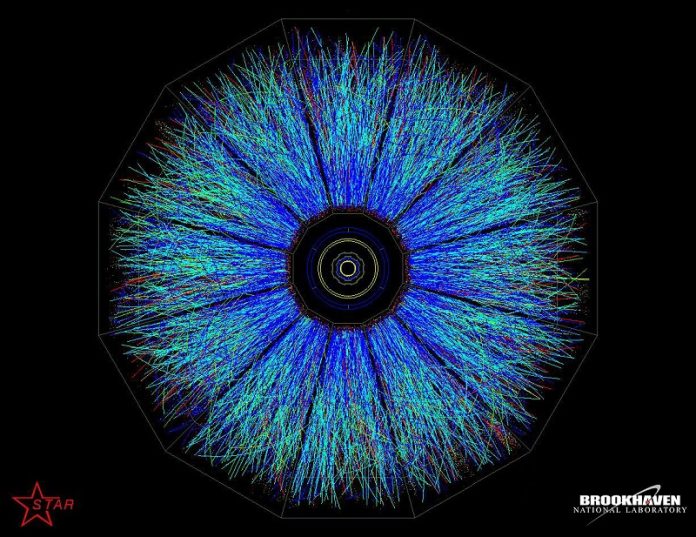
A team of researchers have made progress in understanding how some of the universe’s heaviest particles behave under extreme conditions similar to those that existed just after the Big Bang.
A study published in Physics Reports provides new insights into the fundamental forces that shaped our universe and continues to guide its evolution today.
The research, conducted by an international team from the University of Barcelona, the Indian Institute of Technology, and Texas A&M University, focuses on particles containing heavy quarks, the building blocks of some of the most massive particles in existence.
These particles, known as charm and bottom hadrons, offer unique windows into understanding matter under conditions that are virtually impossible to recreate naturally on Earth.
To study these extreme conditions, scientists crash atomic nuclei together at near light speeds using massive particle accelerators like the Large Hadron Collider (LHC) and the Relativistic Heavy Ion Collider (RHIC).
These collisions generate temperatures more than 1,000 times hotter than the center of the Sun, briefly creating a state of matter called quark-gluon plasma, a “soup” of fundamental particles that existed microseconds after the Big Bang.
As this incredibly hot plasma cools, it transforms into hadronic matter, a phase composed of familiar particles like protons and neutrons, along with other exotic particles called baryons and mesons.
Understanding this transition helps scientists piece together how matter evolved in the early universe from a chaotic soup of fundamental particles into the structured matter we see today.
Heavy quarks act like tiny sensors in these extreme environments.
Because they’re so massive, they move more slowly than lighter particles and interact differently with their surroundings. This makes them ideal for probing the properties of the hot, dense matter through which they travel.
Think of it like dropping a heavy ball into a crowded swimming pool. Even after the initial splash and biggest waves settle down, the ball continues to bump into swimmers and move through the water. Similarly, heavy particles created in nuclear collisions keep interacting with other particles around them, even after the hottest and most chaotic phase has passed.
Previous research focused primarily on the initial, extremely hot quark-gluon plasma phase. However, this new study reveals that the subsequent cooling phase—when the system transforms into hadronic matter, plays a crucial role in determining how particles behave and what scientists can observe in their experiments.
The researchers examined how heavy hadrons, particularly D and B mesons (particles containing charm and bottom quarks), interact with lighter particles during this transition period. These interactions affect measurable quantities like particle flow patterns and energy loss, providing valuable data about the fundamental properties of matter under extreme conditions.
“This phase, when the system has already cooled down, still plays an important role in how the particles lose energy and flow together. Ignoring this phase would mean missing a crucial piece of the puzzle.” Juan M. Torres-Rincón from the University of Barcelona.
Understanding heavy particle behaviour in hot matter is essential for mapping the properties of the early universe and the fundamental forces that govern it. The findings also lay groundwork for future experiments at lower energies, including planned studies at CERN’s Super Proton Super Synchrotron and the upcoming FAIR facility in Germany.
This research helps answer fundamental questions about how our universe evolved from its earliest moments into the complex cosmos we observe today.
By studying matter under the most extreme conditions possible, scientists continue to unlock the secrets of our origins and the forces that shape reality itself.
Written by Mark Thompson/Universe Today.



